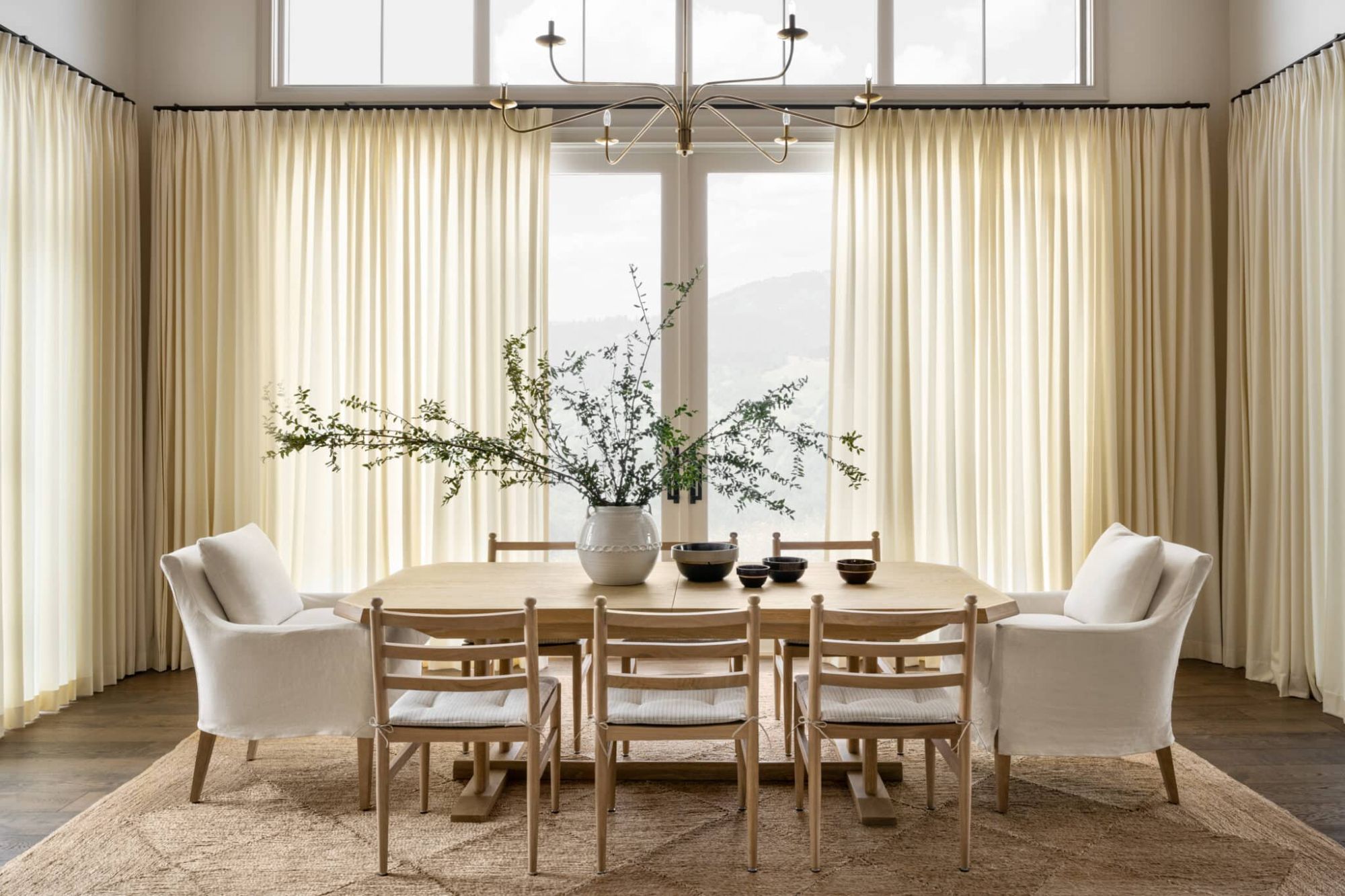How to Mix & Match Your Dining Seating
How to Mix & Match Your Dining Seating
Your dining room shouldn’t feel like a stiff showroom — mixing different chair styles can make the whole space feel more personal, intentional, and honestly just cooler. This guide walks you through how to blend materials, shapes, and scale so everything feels curated… not chaotic.
Why Mixing Matters
You spend a ton of time in your dining area, so your chairs shouldn’t be an afterthought. The right mix can pull together your style, balance the room, and make the space more comfortable and inviting. But the real questions are:
-
How do you actually pick the right chairs?
-
When is mixing a good idea?
-
And how do you keep everything proportional to your table?
Don’t stress — here are the four big rules that keep everything looking effortless and elevated.
01 — Tone & Material
If you want your chairs to feel cohesive, balance the tones and materials with whatever table you’re working with. Contrast is your friend. For example: warm wood chairs with a cool-toned table, or leather seating paired with a rustic top.
Upholstered end chairs (aka “captain’s chairs”) are always a win when you’re mixing styles — they give the eye a soft landing spot, break up the materials, and add a little luxury. Think: wood side chairs + fabric end chairs = chef’s kiss.
The goal is for the chairs and table to “talk” to each other, not match like a set your grandma kept wrapped in plastic.
02 — Weight & Shape
When mixing chairs, pay close attention to the visual weight. If your end chairs are chunky or feature heavier legs, keep the side chairs lighter and slimmer. You always want contrast — not a cluster of legs fighting for attention.
A great trick: use upholstered end chairs with no visible legs. It instantly breaks up the look and keeps the whole set from feeling repetitive.
If everything has the same silhouette or thickness, it just ends up looking… off. Mix slim with substantial, straight with curved, airy with solid.
03 — Size of the Space
Your room layout should guide your choices.
Open concept?
Make sure your dining seating coordinates with whatever’s happening in the kitchen. If your counter stools are metal, maybe your dining chairs lean wood or upholstered — or vice versa. Everything should feel like it lives in the same world.
Smaller dining area?
Keep the materials intentional but not matchy-matchy. For example:
-
wood table
-
black side chairs
-
coordinating wood bench
Speaking of benches — they’re a lifesaver in tight spaces. They add seating without adding clutter and instantly give you that “effortlessly styled” vibe.
04 — Table Shape & Overall Style
Your table shape matters more than people think.
Round tables:
Keep it consistent. Mixed chairs around a circular table usually look busy and awkward.
Rectangular tables:
This is where mixing really shines. Use one style for the sides and another for the ends.
Want a classic look? Use armchairs at the ends and armless chairs along the sides.
Want a curated, collected look? Mix materials, silhouettes, or upholstery.
If you want a budget-friendly refresh, swap just the end chairs — it’s a small change that completely transforms the space.
Bonus tip: tie-on cushions are a low-commitment way to bring in new colours, fabrics, or trends without purchasing a whole new set.
Categories
Recent Posts
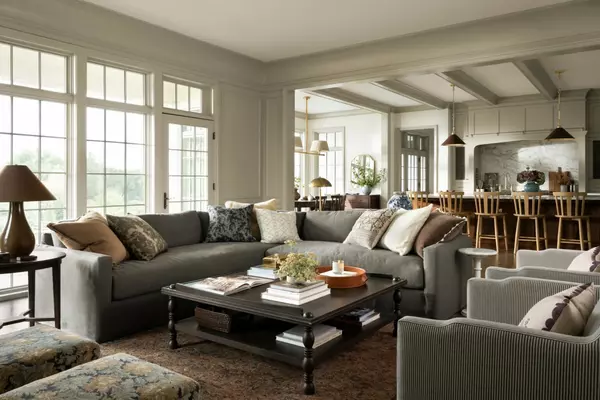

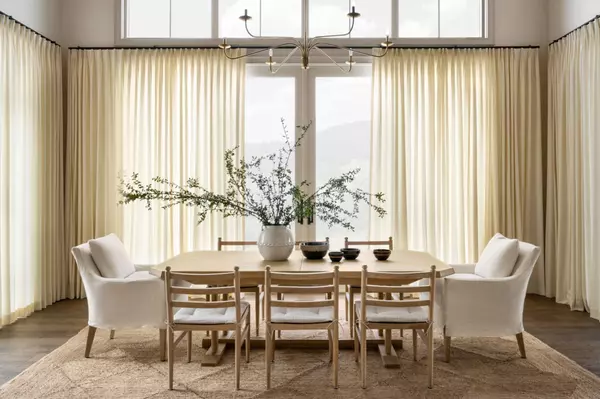



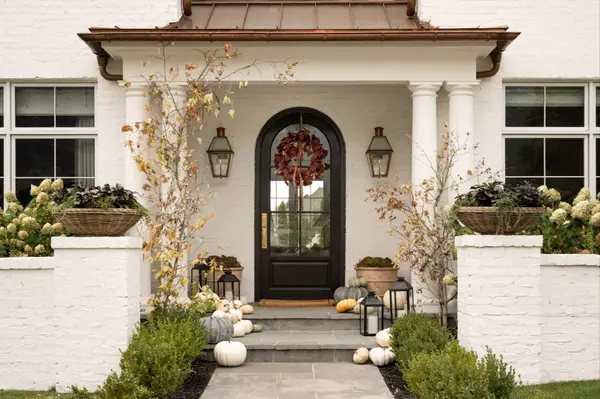
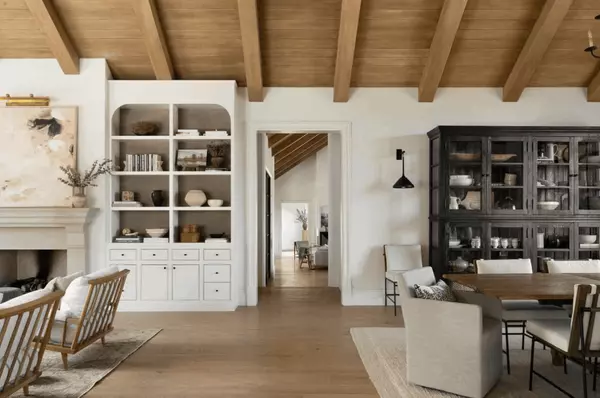
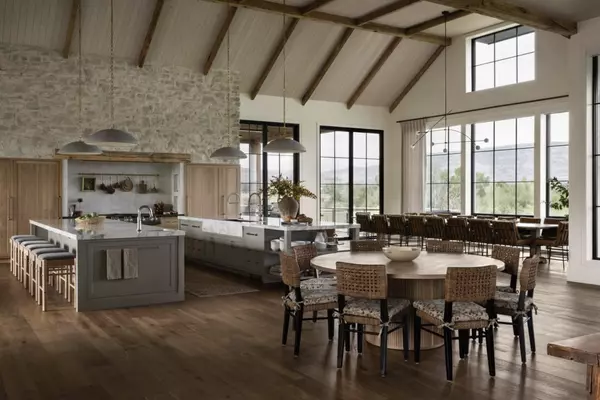

GET MORE INFORMATION


